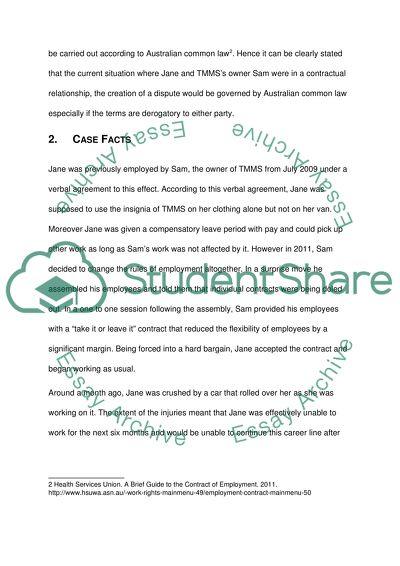Cite this document
(“Workplace Law Assignment Example | Topics and Well Written Essays - 1000 words”, n.d.)
Retrieved from https://studentshare.org/law/1432911-workplace-law
Retrieved from https://studentshare.org/law/1432911-workplace-law
(Workplace Law Assignment Example | Topics and Well Written Essays - 1000 Words)
https://studentshare.org/law/1432911-workplace-law.
https://studentshare.org/law/1432911-workplace-law.
“Workplace Law Assignment Example | Topics and Well Written Essays - 1000 Words”, n.d. https://studentshare.org/law/1432911-workplace-law.


